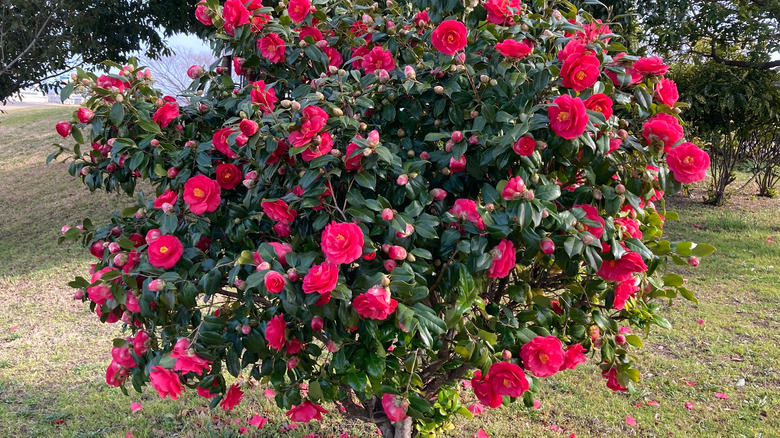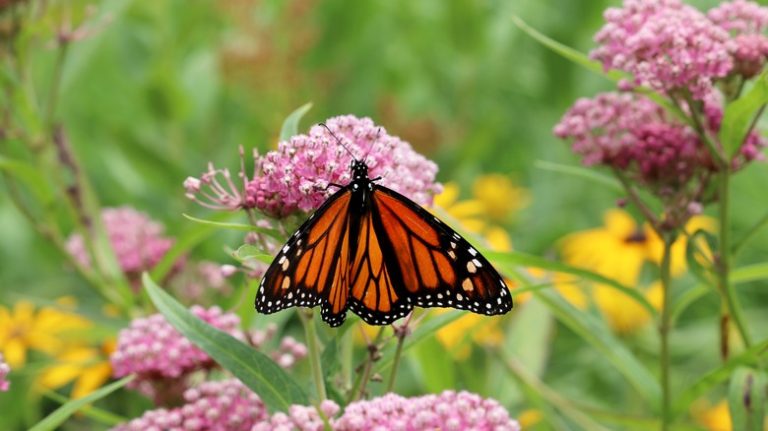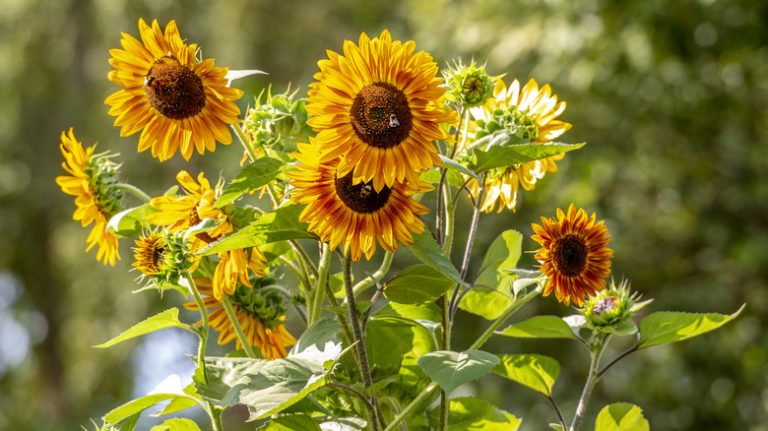Camellias are a sight to behold within many of the southern U.S. states, each featuring climates warm enough to foster new blooms year after year. The shrub is recognized for its pink, yellow, red, or white blossoms, erupting anytime from fall to early spring. Unlike other flowering shrubs, camellia blossoms aren’t particularly dependent on the pruning habits of their caretakers. Despite not needing consistent pruning to reproduce regularly, camellias still benefit from it. Pruning camellias is a task best saved for spring, snipping away at congested parts of the shrubs near their base to allow consistent airflow and sunlight to reach their innermost areas.
While pruning is beneficial to a camellia bush’s overall health, the activity also helps gardeners shape the shrub to meet their aesthetic preferences. Thick and bushy camellias are a typical look across flowering breeds, which can be achieved by cutting back excessively long and droopy branches to encourage voluminous growth from those closest to the plant’s base. Gardeners wanting to transform a mature camellia into a tree would have to heavily trim the bottom third of the shrub during pruning season in order to force the plant to shift its energy into growing more flowers and foliage near the bush’s top. Regardless of how you choose to shape your camellia, there are a few important things to keep in mind when pruning your plant.
How to prune camellias
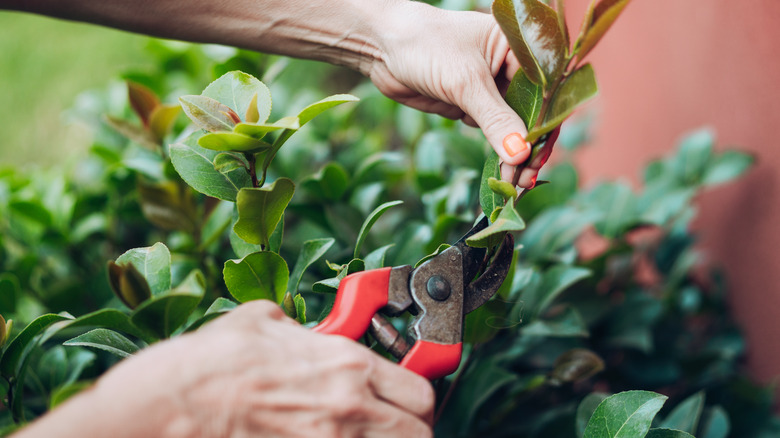
Before you start reshaping your camellia plant, it’s important to have the right tools at your disposal to get the job done correctly. You can use pruning shears, a knife, or hand cutters to trim away your camellia’s flowers and branches, but make sure your tool of choice is sharpened before using it on the plant in order to cut as cleanly as possible. Leaving jagged, uneven openings at the ends of camellia plants can leave the bush as a whole susceptible to disease.
Next, look for parts of your camellia that appear weak, overgrown, or dead. Cut away these branches as close to their base as you can manage, ideally removing insignificant pieces that would distract the camellia from growing in the directions intended by the owner. It’s also crucial to remove any elements of the plant that are diseased or infested with pests, lest these issues spread to other parts of the camellia, creating a problem that pruning alone may not be able to fix.
Waiting until spring to prune camellias gives the shrub ample time to finish blooming, so you can cut the plant back without interfering with its natural flowering cycle. While diseased branches should be removed as soon as possible, regardless of season, camellias should only be pruned thoroughly once every few years, or else you could risk stunting the plant’s overall growth, weakening it to the point it becomes vulnerable to disease, and ultimately killing it.
Why pruning benefits camellias
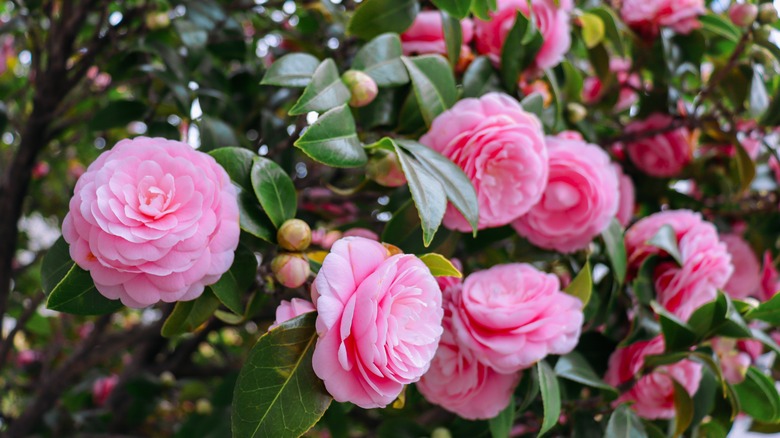
Pruning is beneficial to camellias in two major ways: it promotes healthy growth from the bush’s flowers and branches while keeping the development of mold and diseases at bay. As long as dying flowers or branches weakened beyond repair remain attached to a living organism, the life source will fight to try to keep it alive. Why allow the disintegrating parts of the shrub to take advantage of a camellia’s limited resources when there are other areas that could benefit from them more? Pruning encourages growth in camellias by forcing them to redirect their energy and nutrients to other parts of the plant that need them. This may result in existing branches producing more blossoms the following flowering cycle or breaking off to spawn additional branches during the plant’s growing period.
Pruning also prevents camellias from developing diseases near their base, caused by prolonged exposure to shade and lack of airflow. Camellia shrubs can become quite dense over time, leading to the innermost regions of the plant remaining moist from consistent watering and the absence of sun and fresh air — a perfect environment for mold and diseases to wreak havoc. Trimming away some of a camellia’s inner branches allows the sun’s rays to penetrate its thick foliage and dry its core. Pruning also prevents dieback, a phenomenon where a plant’s dead limbs spur the progressive deterioration of the entire plant. Removing these pieces of the shrub early on can save your camellia from an untimely death.

